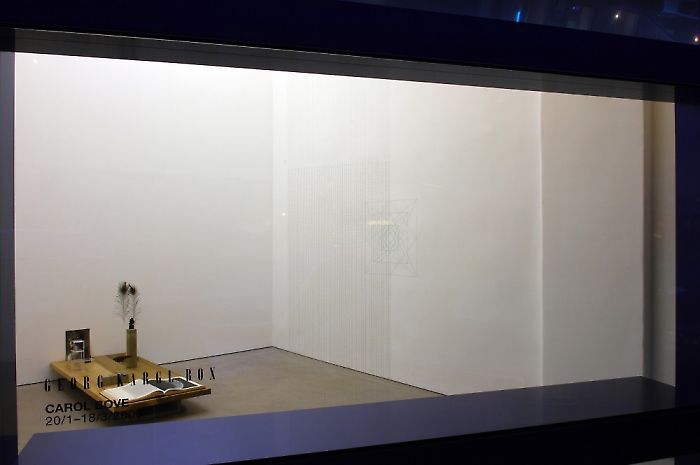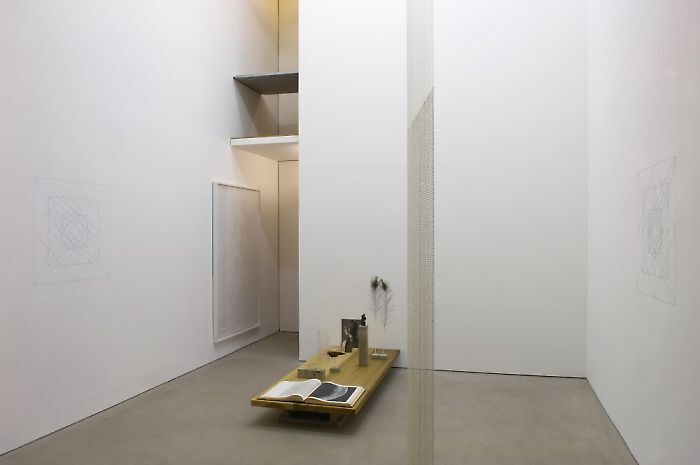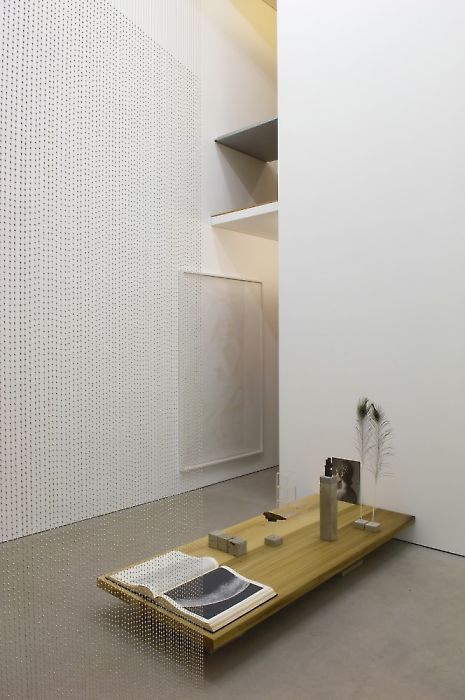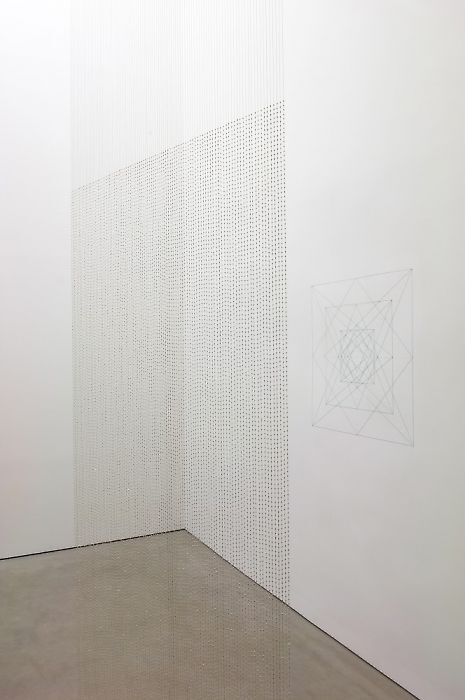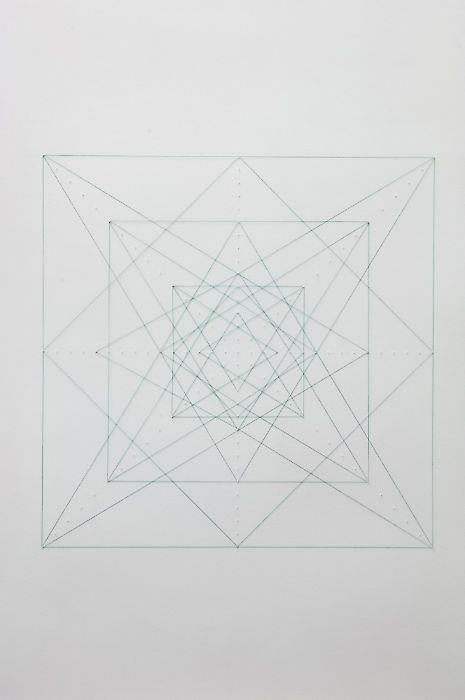—
Carol Bove
Carol Bove lives and works in New York. The focus of her artistic endeavor is an immense research project: by means of enquiring into the social history and art of the late 1960s and early 1970s, she relates the latter to the present and lends it greater depth. Here, she is as much interested in popular literature and the most popular avant-garde magazines of that period as she is in its architecture, music, art and design. For her, the former mark the influential and lasting social changes of that era, as evidenced, for example in the women's movement, the peace movement, the notion of liberated sexuality and the liberation of the individual through both psychological and physical practices of consciousness expanding.
In her exhibitions, Carol Bove forges atmospherically charged installations with artifacts and reconstructive creations that echo and convey the style and history of that period, as well as identifying its current validity.
Piles of books, the kind of popular literature of the time that periodically turns up in second-hand bookshops ("Touching", 2003) are to be found next to artfully arranged assemblies of books and photographs with furniture actually dating from the period or with a feel of that time to it. Original editions of magazines characteristic of the hippie era contrast with passages of text typed out by the artist from influential books on old-fashioned typewriters; faded-looking pen-and-ink work showing female nudes based on illustrations from magazines such as "Playboy", "The Hustler" or "Life" hang next to "frescos" meticulously crafted by the artist from threads, referencing Sol LeWitt.
Carol Bove describes herself as an anthropologist who combines autobiographical experiences with universally valid social phenomena, then transfers them into new systems of interrelation. Born in 1971, the artist appears to find the environment lived in by her mother in the 1960s and early 1970s more interesting, exciting and utopian than her own in the present and what started out as a biographical exercise has developed increasingly into research into how to use ways of looking at things and artifacts as an antidote to amnesia regarding and superficial knowledge of history.
Carol Bove's work starts with the kind of experiences we tend to have in museums when we come across objects that arouse our interest - and yet only have a rough idea of their significance, environment and reality, or at best are only familiar with the respective "myth". In her installations, Bove translates this budding interest, this desire for more extensive knowledge and a trip back through time into display situations which evidence both a typical aesthetic flair and the artistic practice of "institutional criticism" that has been prevalent since the 1980s, questioning ways of presenting art objects within the art context and addressing issues of design, decoration and historical continuity.
In her installations, alongside the book and magazine titles we can read titles such as "Utopia and Oblivion", "Experiment in Total Freedom" or "The Look of Thought; The Ways of Love". This creates an intellectual backdrop that allows the ambivalences and utopias of the era to emerge, highlighting an age that Carol Bove describes as an uncompleted project, one that has left its mark on our present-day world.
For Carol Bove, historical research entails both traveling in time, as in the science fiction of American author Colin Wilson, in whose book "The Philosopher's Stone" contact is established with the past through historical objects, and an interested, sometimes even erotic approach to the designs and ideas of this specific era by means of active intervention - in this case of an artistic nature. This becomes particularly evident in her numerous pen-and-ink nudes copied from magazines of the time. The messages conveyed by these nudes, radiating classical beauty yet likewise also on the point of vanishing, are ambivalent, both in terms of their original frames of reference and by today's standards. The code systems used in portraying these mainly female nudes spotlight both their autonomous self-determination and their sexual self-confidence, but are interspersed with other codes, referencing an object-like quality in these women taken from magazines. And yet the transparency and fleeting nature of Carol Boves' portrayal assert a revised perception not only of well-known clichés, but also of the myths that may surround our cultural developments and achievements.
Beatrix Ruf, Carol Bove for the exhibition Carol Bove in the Kunsthalle Zürich 28.2.-4.4.2004
Inquiry
Please leave your message below.
